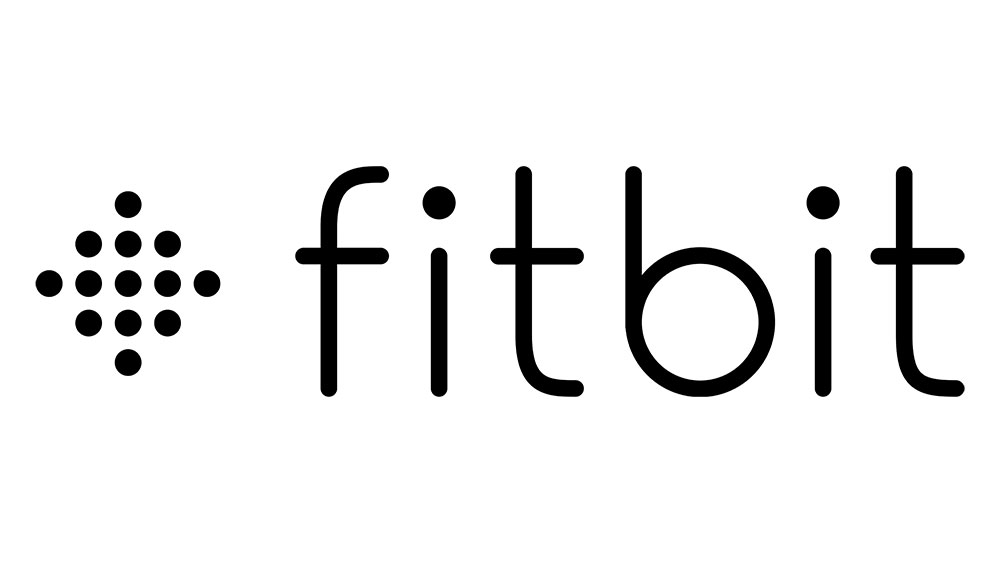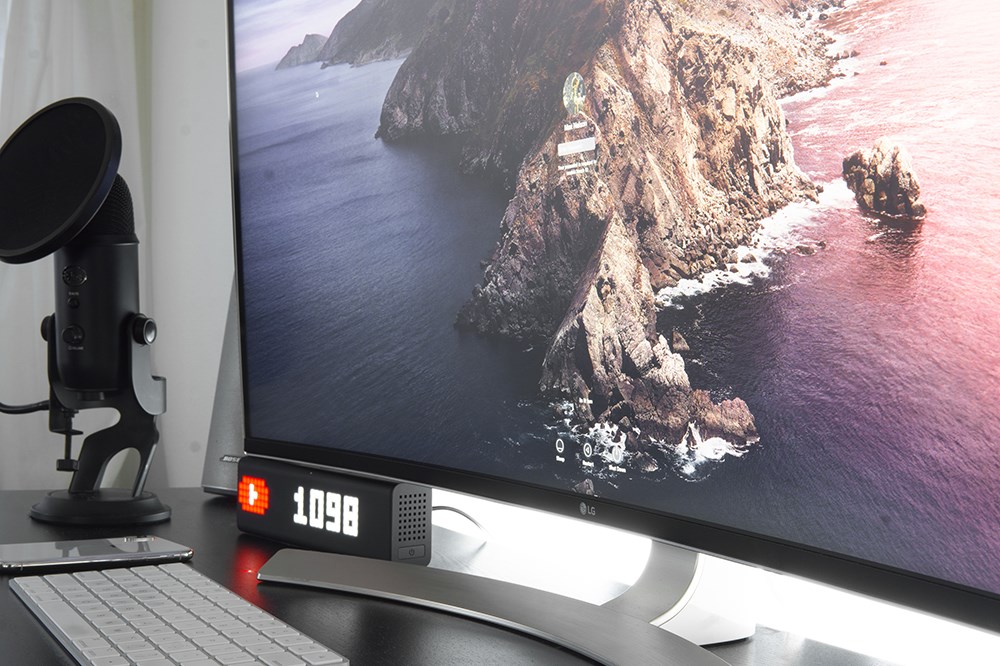The Apple October Event Rundown
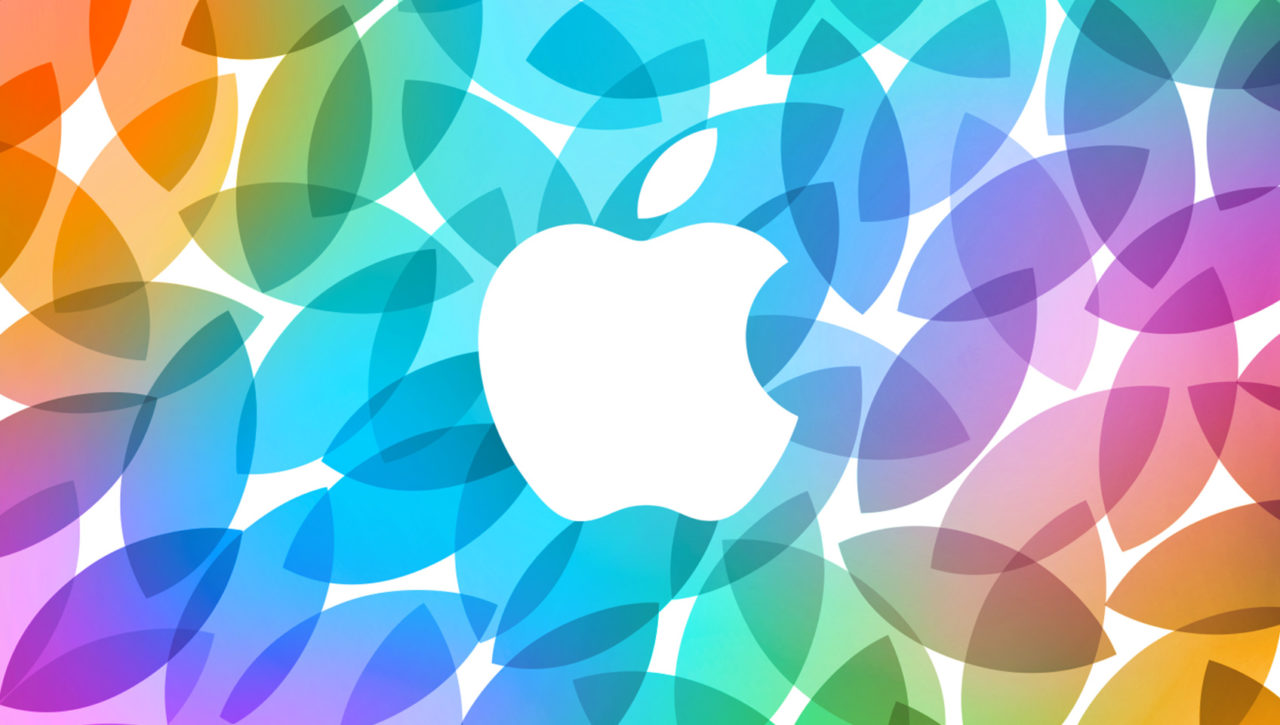
Apple today held its October product event, and unveiled new iPads and MacBook Pros, while providing updates on the Mac Pro, OS X Mavericks, and the iLife and iWork software suites. Here’s an overview of the announcements.
 iPad Air
iPad Air
Everyone expected Apple to unveil a redesigned fifth-generation iPad, but very few anticipated a name change (at least now the models will be easy to distinguish by name). While maintaining the same 9.7-inch Retina Display as its predecessor, the new model, now called “iPad Air,” adopts the design and proportions of its smaller sibling, the iPad mini. The new model’s thin side bezels, along with new display technology, allow Apple to reduce the device’s overall footprint as well as bring the weight down to just one pound.
The device also adopts the A7 SoC along with the M7 motion coprocessor first introduced in the iPhone 5s last month. Apple spent significant time during the presentation extolling the virtues of the chip’s “desktop-class” 64 bit architecture.
The fifth-generation iPad will be available online and in retail stores on November 1st. It will arrive in 16, 32, 64, and 128GB capacities for the same prices as the outgoing model: $499, $599, $699, and $799, respectively. Models with built-in LTE data capabilities are also still available at all capacities for a $130 premium.
In an interesting move, Apple has elected to keep the now nearly three-year-old iPad 2 in the lineup at $399 for 16GB ($529 for Wi-Fi + 3G). While it’s always good to see options for devices at lower prices, we can’t recommend that anyone choose a new iPad 2 over the entry-level iPad Air for just a $100 difference in price. Even volume purchasers like businesses and schools will be better served by the iPad Air’s Retina Display, lighter weight (1 pound versus 1.33 pounds), and dramatically better performance.
iPad mini
Apple’s iPad mini quickly became the top-selling iPad following its introduction last fall. The small, light, and less expensive device was a hit among Apple fans, but its standard-resolution display was a major drawback, especially compared to the Retina displays found on MacBooks, iPhones, and the larger iPad.
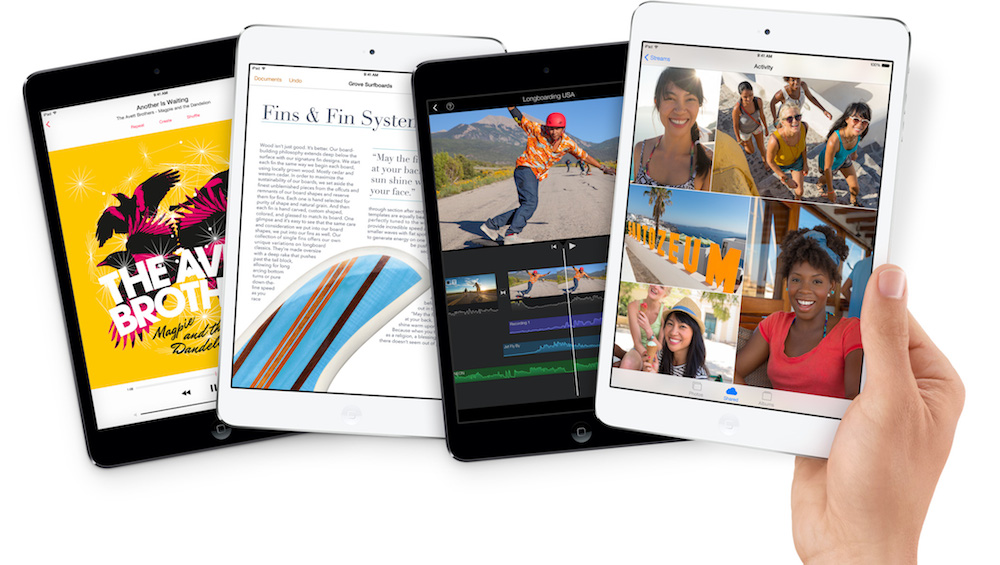
Apple’s answer to this criticism was the unsurprising introduction of a Retina quality display for the model’s second generation. At 2048-by–1536, it’s got the same amount of pixels as its full-sized cousin, ensuring app compatibility but continuing the mini’s practice of a smaller user interface. The new mini also adopts the A7 chip and M7 motion coprocessor, providing theoretical performance parity with its larger sibling for the first time.
Unlike the iPad Air, the new second-generation iPad mini increases the price points of its predecessor, and is available in 16, 32, 64, and a new 128GB capacity for $399, $499, $599, and $699, respectively ($529, $5629, $729, and $829 for Wi-Fi + Cellular models).
Apple is also keeping the original iPad mini around, although it reduced the price from $329 to $299. Similar to our caution about the iPad 2, we cannot recommend that users consider the original mini, even with the $100 price difference. Last year’s mini was already using an out-of-date A5 processor, having skipped the A6 that powered the iPhone 5 and fourth-generation iPad. In short, the experience on the Retina iPad mini is worth the extra $100.
MacBook Pro
Apple finally revealed the long overdue Haswell update to the MacBook Pro. In addition to utilizing Intel’s latest CPUs, the new models feature the fast PCIe flash storage introduced in the 2013 MacBook Air at WWDC in June, along with NVIDIA graphics, and 802.11ac Wi-Fi. As we predicted in July, Apple opted for Thunderbolt 2 support, matching the capability of the new Mac Pro in that regard.

The 13-inch model is now powered by dual-core Haswell CPUs up to 2.8GHz along with Intel’s integrated Iris graphics. Battery life has been improved to up to 9 hours and the overall thickness and weight have come down just a bit.
For the 15-inch model, Apple interestingly opted to stick with integrated graphics only for the standard configurations, although the company thankfully still offers models with discrete NVIDIA 750M GPUs. The integrated graphics arrive courtesy of Intel’s Iris Pro, a new generation of low-power GPU that utilizes dedicated cache and memory. Called “Crystalwell,” the new architecture should provided adequate performance for most users, although we still recommend that gamers, designers, video editors, or users who plan to utilize multiple external displays opt for the discrete GPU configuration.
Surprisingly, Apple dropped prices across the board the new MacBook Pro models. The new 13-inch model now starts at $1299 (down from $1499), while the 15-inch model saw a price drop from $2199 to $1999.
After a year of quietly existing alongside the fancier Retina models, Apple has now killed off the non-Retina 15-inch MacBook Pro and limited the availability of the 13-inch line to just a single $1199 configuration. With a far more powerful Retina model starting at just $1299, only those who absolutely need a built-in optical drive should consider the standard model. All models are available for shipping today.
Mac Pro
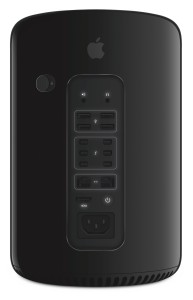 Already introduced in June, Apple had some more details to share on the new radically redesigned Mac Pro. The flagship Apple computer will launch in December and buyers will have a choice of four, six, eight, or twelve core CPU configurations. Dual AMD FirePro GPUs come standard on all models, ranging from the D300 on the base model to up to a D700 configuration with 12GB of total video memory.
Already introduced in June, Apple had some more details to share on the new radically redesigned Mac Pro. The flagship Apple computer will launch in December and buyers will have a choice of four, six, eight, or twelve core CPU configurations. Dual AMD FirePro GPUs come standard on all models, ranging from the D300 on the base model to up to a D700 configuration with 12GB of total video memory.
While the CPU and GPU are impressive, many will likely take issue with Apple’s limitation on RAM. With just four RAM slots, the Mac Pro will support a maximum of 64GB of RAM, a relatively pedestrian amount for modern media professionals. There’s hope that future, denser RAM modules may allow for further expansion, but for now Apple states that 64GB is the limit.
Also limiting is the storage. Although utilizing ultra-fast PCIe-based solid state technologies, the Mac Pro is limited to just 1TB of internal storage. The device’s six Thunderbolt 2 ports will of course enable vast amounts of external storage, but that means that almost all Mac Pro owners will have to purchase and use external storage arrays, cluttering up their desks and diminishing the value of the computer’s tiny footprint.
Apple has not yet enabled pre-ordering for the Mac Pro, so the prices of built-to-order systems remain unknown. What we do know, however, is that the base quad-core model will start at $2999 while the base six-core model will land at $3999, fairly reasonable prices considering the dual GPUs and expensive workstation-class Xeon E5 CPUs.
OS X Mavericks
Just a few days after seeding a second Golden Master of Apple’s latest operating system, the company released the final build to consumers. It sports hundreds of new features and is available now for free from the Mac App Store, a first for a major operating system update from Apple. We’ll have more on all the details in future articles. Until then, check out John Martellaro’s review at The Mac Observer and grab the update today from the App Store.
iWork and iLife
In order to take advantage of the new features in Mavericks and iOS 7, Apple unveiled all-new versions of its media and productivity software. Built “from the ground up,” the new apps offer better performance, new features and interfaces, iCloud support, and full compatibility between devices (no more inconsistencies while trying to open a Mac-built keynote presentation on an iPad and vice versa).
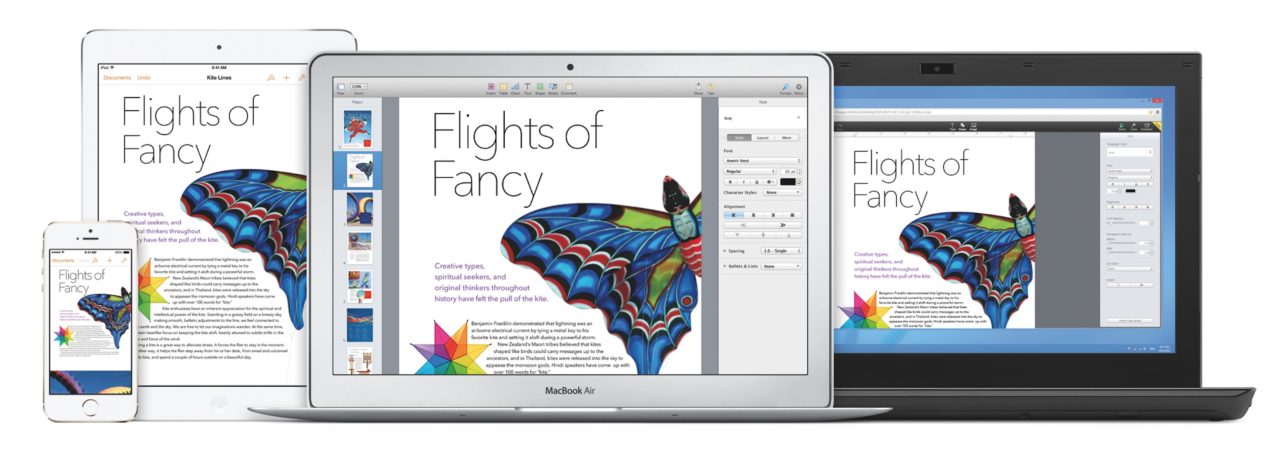
iWork for iCloud also fits in to Apple’s scheme perfectly, providing full document compatibility, live updating of changes, and, for the first time, live collaboration between multiple viewers and editors.
Continuing the “free” theme, Apple is making all of its iLife and iWork applications free for both iOS 7 and OS X with the purchase of a new device. Existing users of the software will get free updates to the latest versions in the Mac App Store, but users on older Macs and iDevices who have not yet picked up the apps will have to pay ($19.99 each for the OS X iWork Apps, $9.99 each for the iOS versions).
All of the updated apps are now live on the Mac and iOS App Stores.
What We Didn’t See
Apple had a ton of announcements today, but a few things still failed to get a mention.
Thunderbolt Displays: Apple’s Thunderbolt display is nearly three years old. While it still works great, we expected Apple to release an update to support Thunderbolt 2 and, ideally, 4K resolutions. With the impending launches of the MacBook Pro and Mac Pro, both of which now support Thunderbolt 2, an updated Thunderbolt Display makes sense. Although the two generations of Thunderbolt are compatible, adding a Thunderbolt 1 device to the chain will slow all subsequent devices on the chain to 10Gbps. Our only guess is that Apple is waiting for 4K panel prices to come down before it introduces a new model.
Mac mini: With the iMacs, MacBook Airs, and MacBook Pros all getting Haswell updates this year, the Mac mini remains the lone holdout still powered by Ivy Bridge. While the CPU improvements in Haswell aren’t dramatic, many Mac mini owners could surely benefit from the much better graphics offered by Intel’s latest platform. At this point we think that the Mac mini update will be so minor (just an Ivy Bridge for Haswell swap) that Apple will quietly release an update in the next month or two.
iPods: Not that it was expected, but it’s worth noting that Apple’s iPod line went without an update, and remains the same as when it was introduced last September. With the increasing adoption of more capable devices like the iPhone and iPad, and with the iPods representing an ever-shrinking portion of Apple’s revenue, it’s unclear if Apple has any updates in store for the rest of the year.




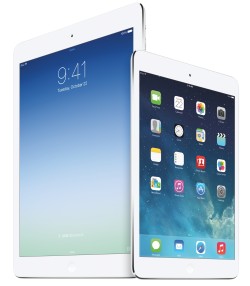 iPad Air
iPad Air